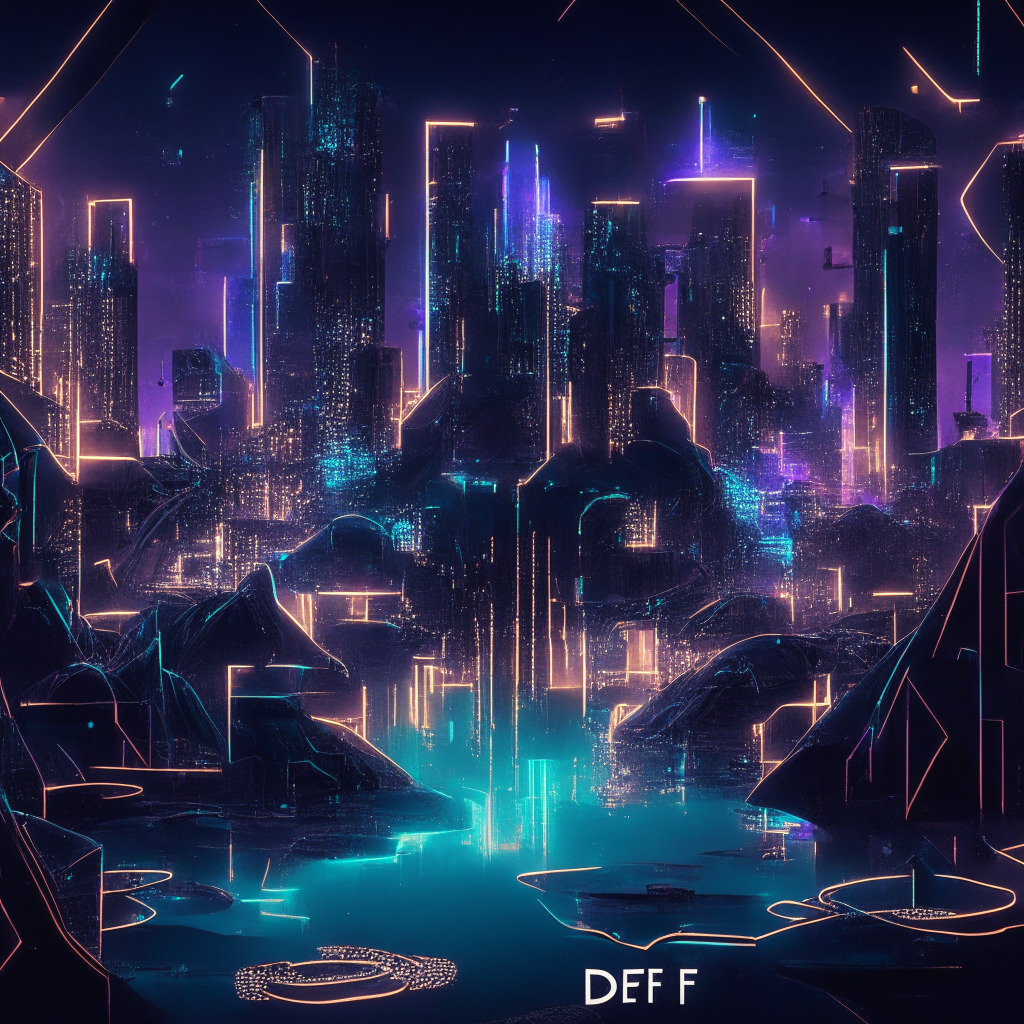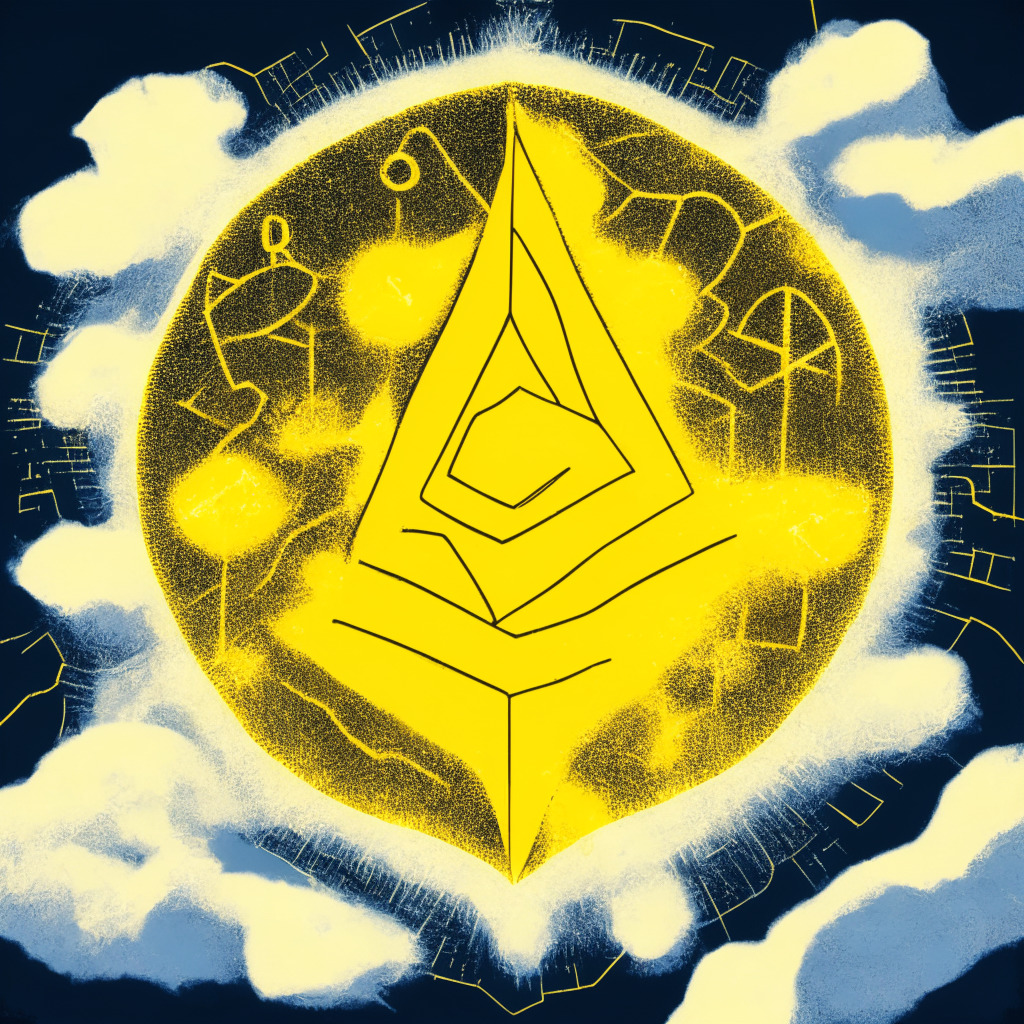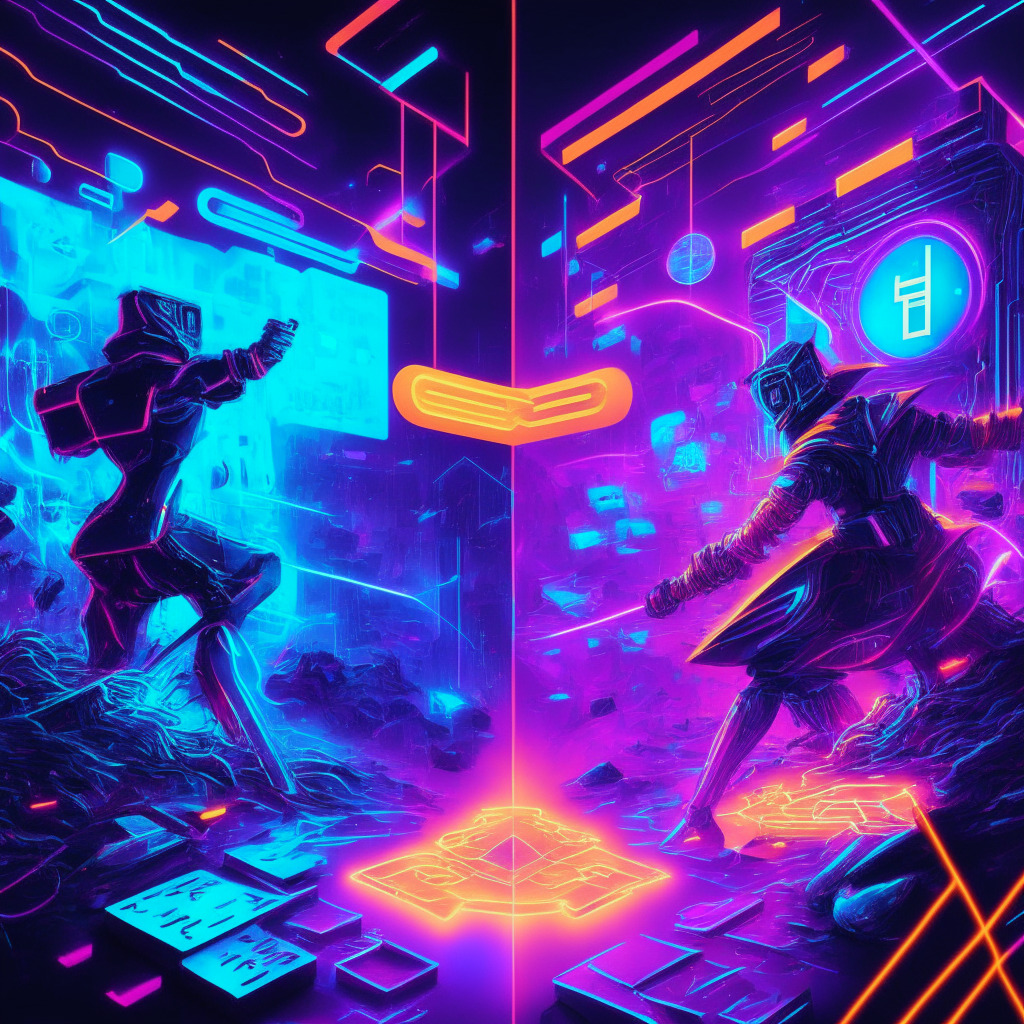Frax Finance, a company known for developing decentralized stablecoins, is planning to introduce its own layer-2 blockchain called Fraxchain by the end of 2023. Frax is most recognized for frxETH, a partially collateralized algorithmic ETH stablecoin with a loose peg. According to Blockworks Research, frxETH has experienced unprecedented growth, developing from $0 to $378 million in value in less than eight months.
Fraxchain is set to be an Ethereum Virtual Machine (EMV)-compatible layer-2 solution. The planned launch for Fraxchain was mentioned by Frax Finance’s founder, Sam Kazemian, on the Flywheel DeFi podcast. The technology will integrate optimistic rollup architecture and zero-knowledge proofs into a hybrid rollup model, with frxETH functioning as its gas token. This will provide the token with additional utility and enable faster transaction finality and decentralized sequencer capabilities.
A key element of the Fraxchain protocol is its staking model, which utilizes the dynamic between frxETH and sfrxETH. Fraxchain’s decentralized sequencers are expected to be one of its distinguishing features, possibly adopting an EIP-1559 type mechanism where transaction fees can be burned to accrue value for veFXS holders. VeFXS (Vote-Escrowed FXS) is a token designed to reward long-term token holders through yield earning. Users can lock in FXS tokens for up to four years and receive four times the amount of veFXS in return.
Frax Finance’s foray into layer-2 solutions and its innovative staking model are expected to generate interest among crypto enthusiasts. While Fraxchain’s launch could potentially facilitate faster and more efficient transactions in the DeFi space, concerns surrounding the complexity of the staking model and reliance on a bribe market for sequencers may arise.
On the other hand, Frax’s success with frxETH and its experience managing bribe markets in the decentralized finance realm prove that the company has the potential to achieve success with its blockchain venture. The layer-2 solution may introduce exciting possibilities in the world of DeFi while also potentially driving deep liquidity and incentives to its products.
Nevertheless, with Fraxchain’s launch still a couple of years away, the DeFi landscape could change dramatically. How Frax’s layer-2 solution will fare in these uncertain conditions remains in question, but one thing is certain: the planned introduction of Fraxchain signals an exciting development for both the company and the decentralized finance community as a whole.
Source: Blockworks




